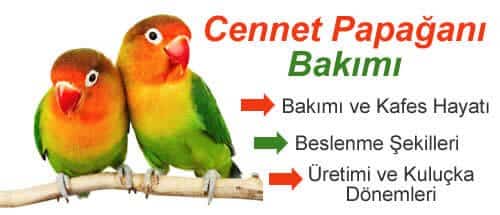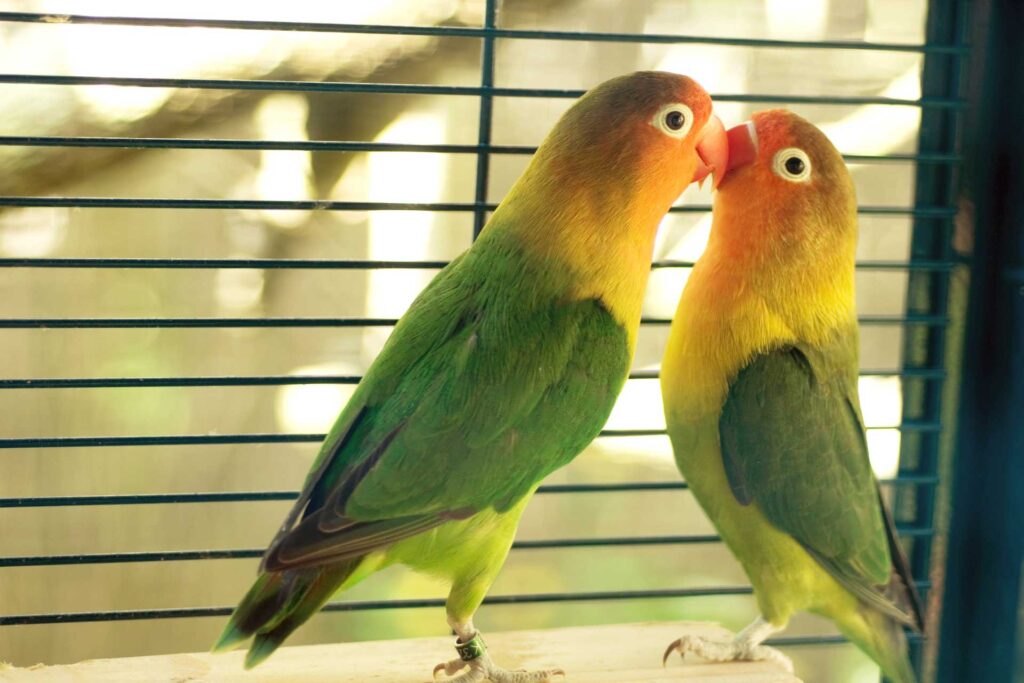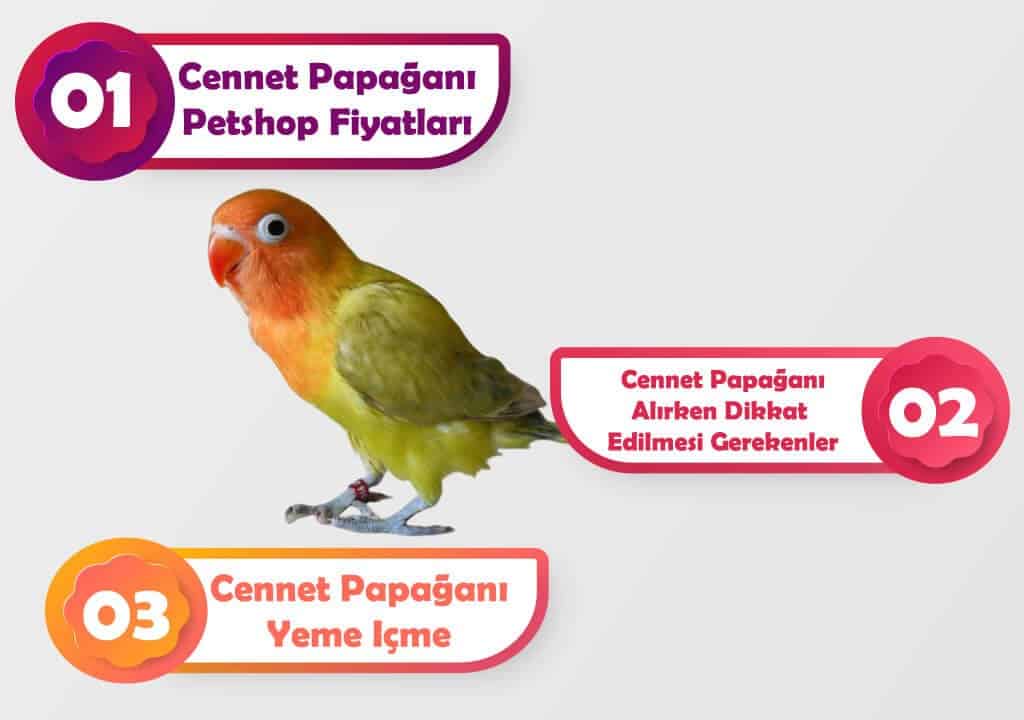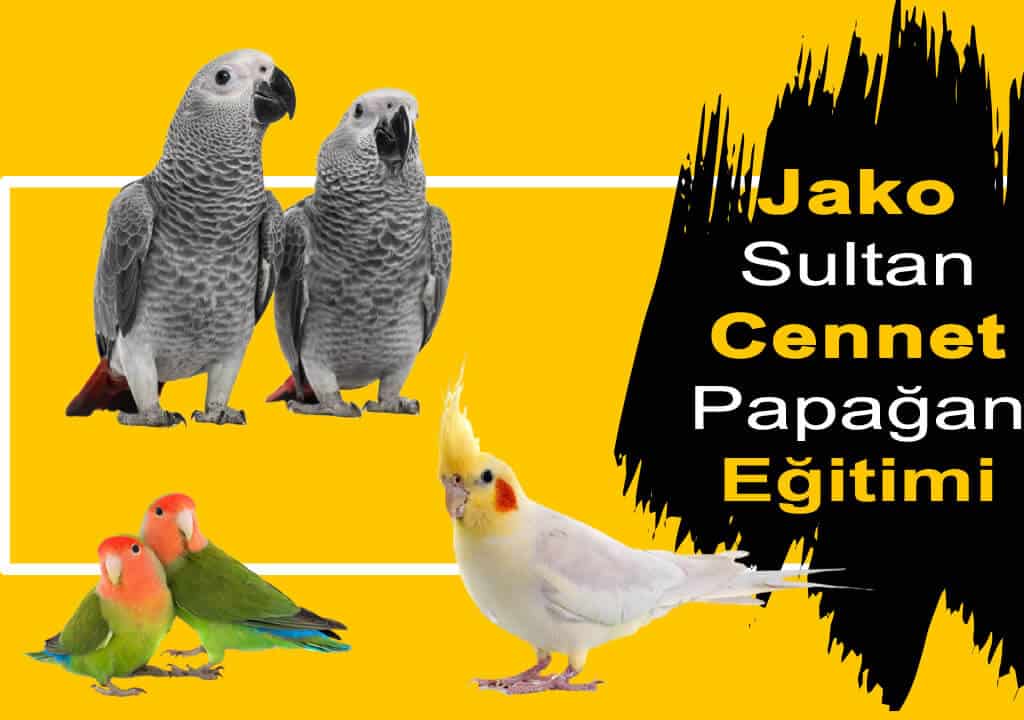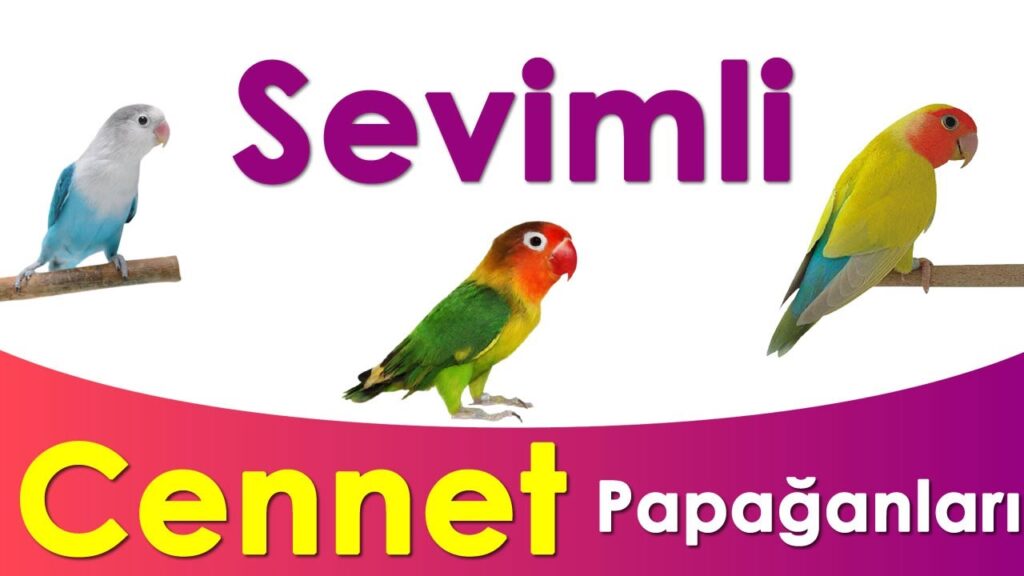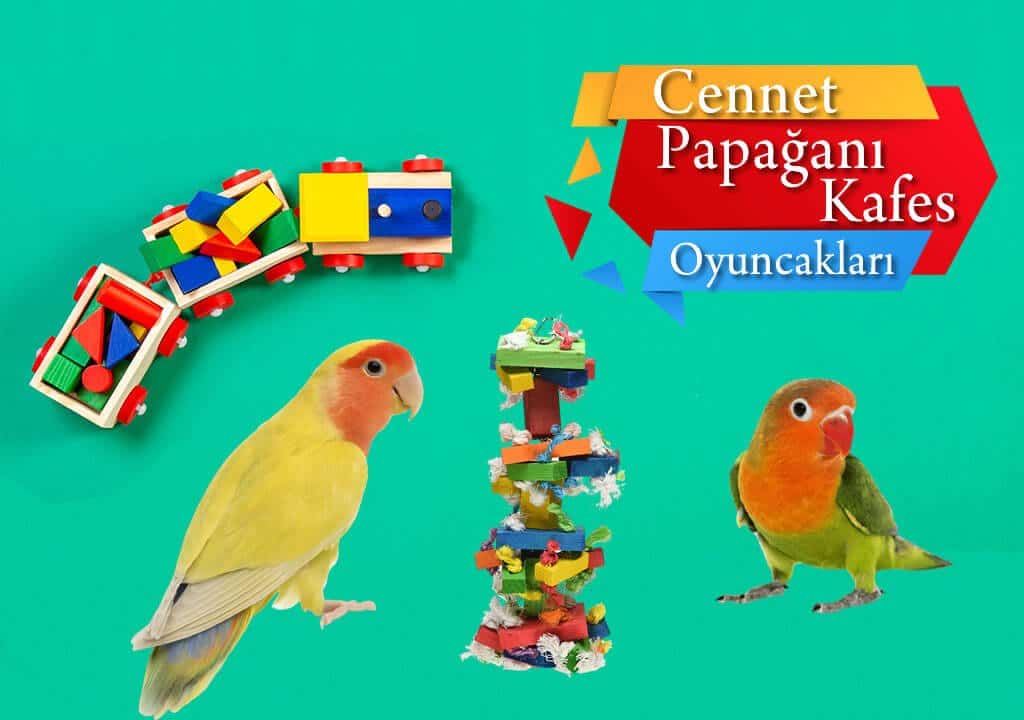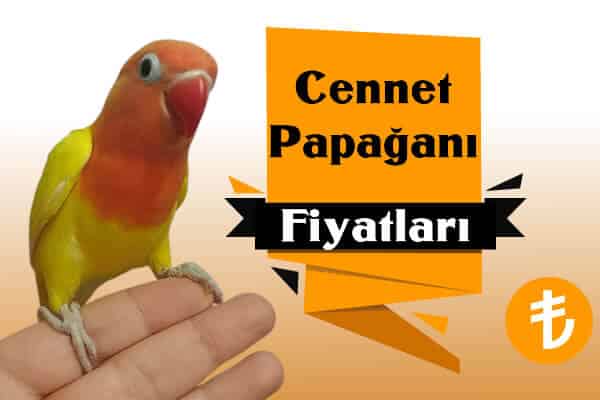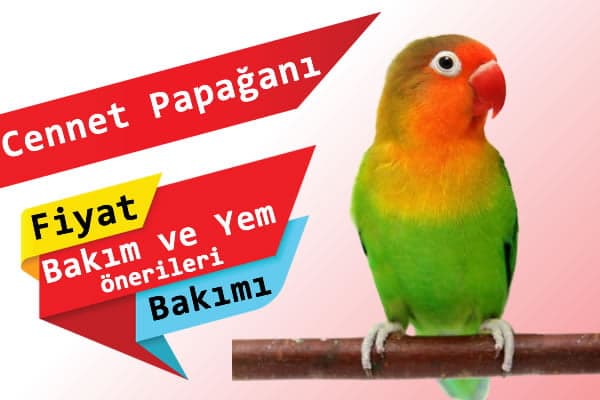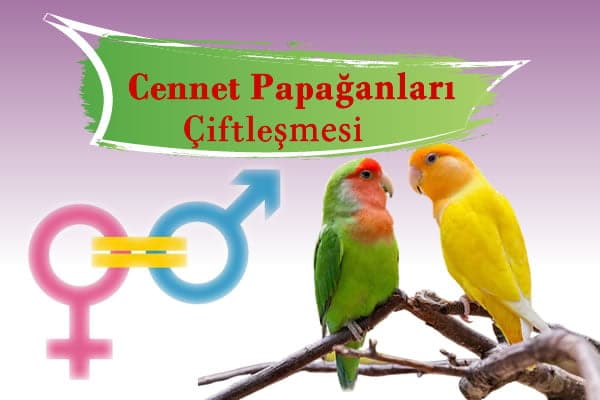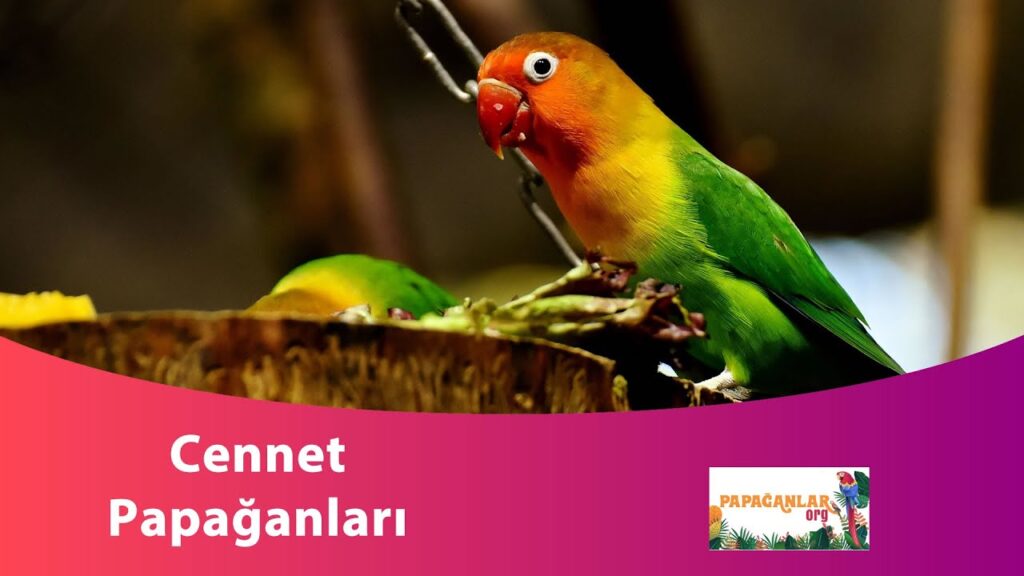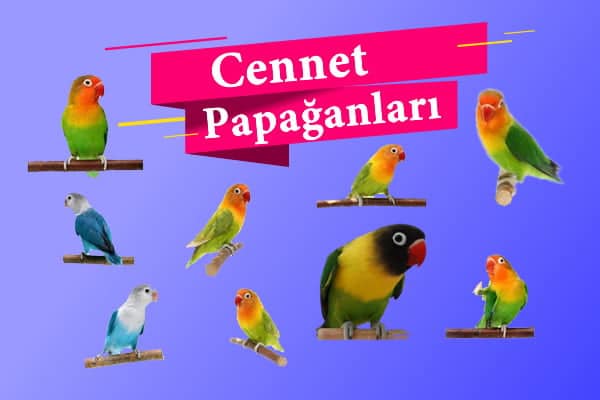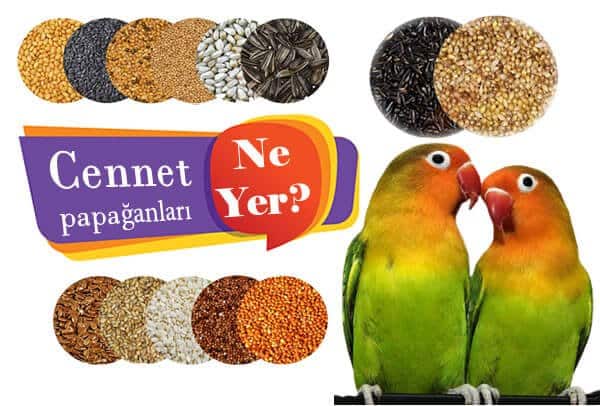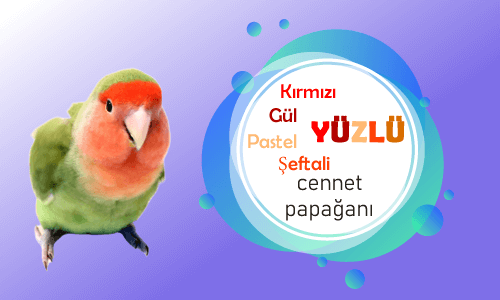They are very curious, social and noisy, flying birds. It is possible to hear their voices at any time of the day. Especially in the morning hours, these sounds are even more.
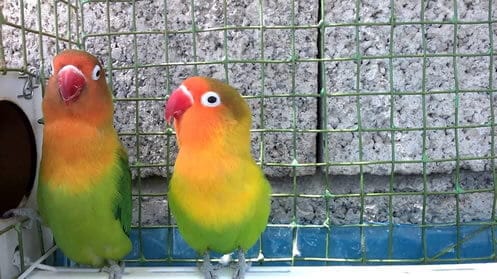
They can show aggressive behavior from time to time. We would like to inform you that the reason for this is that although they are very small parrot species, the place and food fights they make with other birds and larger parrot species in their natural habitats are also at home, and the side that wins the ground fights is often lovebirds.
Since they are a volatile species, their cage size should be large enough to move freely when they open their wings, and in angular forms with a depth to allow them to make small flights. She must be out of the cage for a few hours a day and do wing exercises by flying. Wing adjustment is not necessary for this species, not being able to fly will cause the lovebird to become depressed.
Do not make your lovebird wing adjustment.
The fact that their roosts are of different thicknesses than tree branches (Citrus trees, Ash Tree, Magnolia, Elm, Eucalyptus, Australian Pine, Mulberry Tree) is beneficial for keeping their beak and nails at a fixed length. Their beaks are quite strong. It is vital to be able to take care of the beak, as it uses the beak in vital processes such as climbing, relocating, breaking seeds.
Since they live in large groups in their nature, it is generally recommended that they be fed as mates. When the Paradises are paired, it is very difficult to tame them. Because couples act in agreement with each other, it is very difficult for them to get used to the attention no matter how much you care. Because they are spouses. For them, the goal is not to learn but to mate and reproduce.
If it is to be bought individually, it must be shown close attention and love.
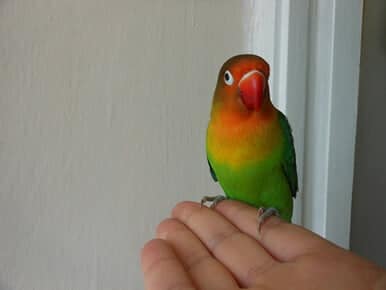
They are very difficult to tame, their trust is hard to gain. However, if it is to be fed alone, patience is the first requirement. It can also be said that it is almost impossible to tame an adult paradise. Puppies 50 – 70 days old are ideal for domestication. For this, the most plausible way is to domesticate the offspring taken by mating two adult lovebirds. Until you gain the trust of a heaven, you should stay at a distance allowed by him, talk to him, offer him a food he likes (for example, green pepper), try to attract his attention with colorful toys that make a sound in order to prevent him from getting bored.
Speech features are almost non-existent. Even if she speaks, expect nothing more than a few words.
In addition, as in all other species, it is necessary for a healthy lovebirdto change its water, feed and the bottom of the cage every day, and to wash its perches, feeders, accessories and toys in the cage with warm soapy water once a week.
Lovebirdslove to take a bath. It will be useful to have a bathroom in their cages, especially in summer. If you are going to wash your Lovebird by spraying water, the point to be considered is to prevent the nose and ears from getting wet and to prevent the bird from sleeping when wet.
Lovebird Nutrition – Lovebird Food
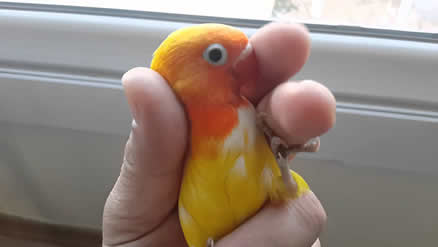
Just like budgerigarsin nature, they are fed with flower and plant seeds, sunflower seeds (you know, unsalted seeds), green leafy vegetables and fruits. Packaged feeds prepared for budgies as ready-made feeds are also suitable for our lovebird, but ready-made feed alone is not sufficient for feeding. They should be given fresh fruits and vegetables every day to ensure that they receive the vitamin in this way. All fruits are acceptable, but should be offered in small quantities to avoid diarrhea due to their high water content. In addition, fruit seeds should be offered as they will have a toxic effect.
The mixture that can be given daily can be in the form of niger, millet, flax seeds, oats, apples, bananas, oranges, apricots, peaches, grapes depending on the season.
Green and red peppers, broccoli, dandelion, peas, celery, corn, green beans can be given from vegetables.
In addition to an adult lovebird, hazelnuts, peanuts (without shell), walnuts, cooked chicken; fat-free and unsalted cheese, fat-free yogurt, scrambled eggs; Rice, sugary low-sodium cereals and similar foods can be given.
As we mentioned before about the budgerigar, avocado, chocolate apple seeds, which can cause death with their toxic effect, should never be given. Foods high in fat and salt should be avoided.
In addition, it is necessary to have beak stones (squid bone) that provide mineral supplements in their cages.
Mating, Production and Incubation Periods
They are very suitable parrots for breeding at home. The most important thing to remember when trying to get offspring is to mate the same species with each other. From the mating of different species of lovebirds, 90% of the time there is no result, either the offspring that die as soon as they are born, or the crippled offspring are obtained. Particular attention should be paid to this issue.
Adult lovebirds can be more boisterous and irritable than usual during breeding season. They may exhibit aggressive behavior.
It is more appropriate to have a single pair of birds in the same cage during breeding periods. Suitable dimensions for the nest are 20x20x20 centimeters. The heavens themselves will prepare the home. You sawdust, sand, newsprint, etc. Do not attempt to prepare a nest with materials such as In order for them to prepare the nest, there should be unpainted pieces of paper, paper towels, branches, nesting rope, straw, dry grass and a bath tub in the cage (Bathroom heavens need more bathing.) The couple who are ready to mate prepare their nests in 4-5 days using these materials. Even if they are birds that are accustomed to being outside of the cage, it would be appropriate for the heavens not to be taken out of the cage during this period and to move the cage to the quietest place in the room they are in.
After mating, the female paradise lays 4 – 8 eggs within 10 days, all one day apart. Incubation lasts up to 22 – 30 days. When the 5 – 6-day-old egg is taken and exposed to the light, it can be understood whether it is fertilized or not (it is not very correct to touch the eggs during the incubation. However, if there is any doubt whether it is fertilized or not, the possibility of a problem will be minimized if the egg is taken with the help of a spoon, examined in a short time and put back into place). After the incubation period, the fry begin to hatch one day apart, according to the egg order.
The hatchlings, which hatch without hair, are fed with digested food prepared for them in the mouths of their parents. For this reason, it will be beneficial to give egg food to the mother and father while feeding the fry during the incubation period.




